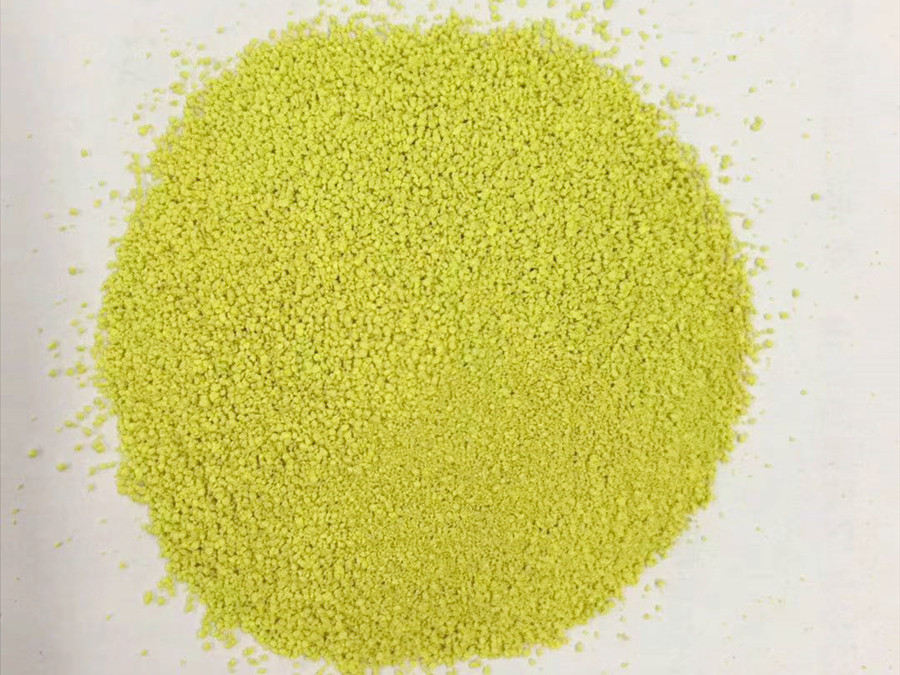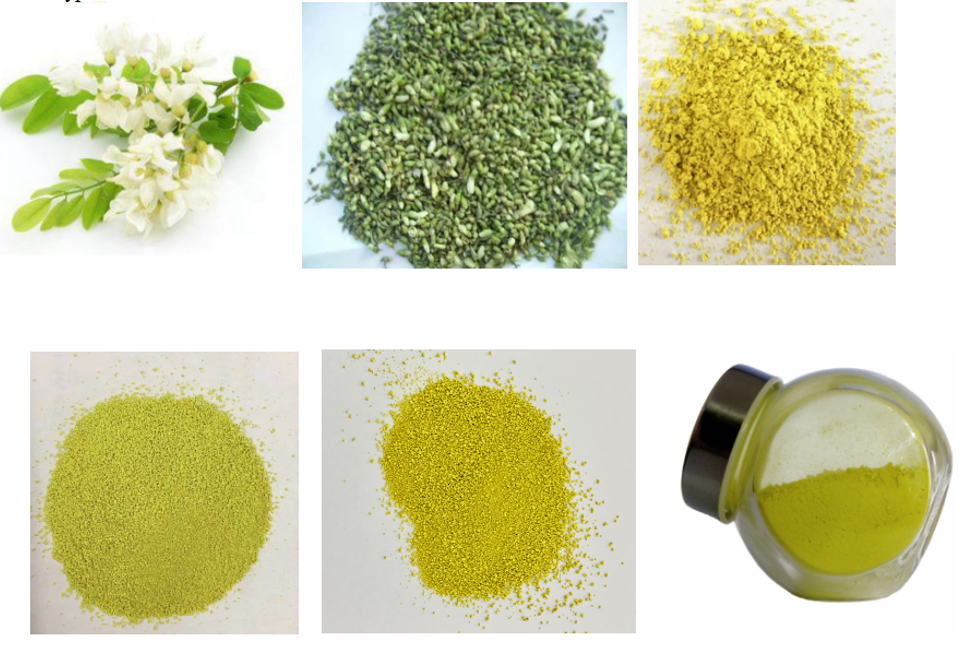In the last article, we introduced rutin, which we know is a flavonoid glycoside found in buckwheat (common buckwheat and Tartary buckwheat), the leaves of rhubarb, scholar tree and some citrus plants. And here we are today with another compound, quercetin, a relative of rutin. Rutin (quercetin rutin glycoside), like quercetin, is a glycoside of the flavonoid quercetin. They have similar chemical formulas, just different hydroxyl groups. In other words, one molecule of rutin takes off one molecule of rhamnose and glucose to form quercetin, i.e. quercetin is the aglycone of rutin. Both quercetin and rutin are used in many countries to provide vascular protection and are part of many multivitamin preparations and herbal remedies.
Natural source of quercetin

Quercetin is widely found in stems, flowers, leaves, buds, seeds and fruits of many plants, mostly in the form of glycosides, such as rutin, quercetin, hyperin, etc., which can be obtained by acid hydrolysis. The content of quercetin in buckwheat, sea-buckthorn, hawthorn and onion is higher. Quercetin can also be found in asparagus, cabbage, mustard greens, green peppers, chicory, grapefruit, lettuce, apples, mangoes, plums, radishes, blackcurrants, potatoes, and spinach. In addition, there are about 100 kinds of medicinal plants such as sophora flower bud, Platycladus orientalis, galangal, colundum flower, panax notoginseng, ginkgo, elder also contain this composition.
In addition to the plants mentioned above, quercetin is also found in some beverages, with tea having the highest concentration (10-25 mg/L). Quercetin content in other beverages (such as beer, coffee, chocolate milk, liquor) is less than 1 mg/L, while quercetin content in red wine is 4-16 mg/L, and grape juice 7-9 mg/L. In fruit juice, except lemon juice (7 mg/L) and tomato juice (13 mg/L), the content of quercetin in other fruit juice was lower, generally less than 5 mg/L.
How the quercetin was made?
The production methods of quercetin include extraction and separation, acid hydrolysis, enzymatic transformation and so on.
Natural extraction and separation: quercetin content in plants is very small, and the extraction and separation are difficult, high cost, so direct extraction of quercetin from plants is not suitable. This technique is only used for the analysis and identification of flavonoids or the preparation of analytical pure samples.
Acid hydrolysis: rutin of quercetin is widely distributed in nature with high content. For example, the content of Sophorae rice is as high as 20%. Many biological companies first extract rutin from Sophora japonica and then produce quercetin after acid hydrolysis.
Enzyme conversion method: the enzyme-hydrolyzed rutin method can produce quercetin monomer with less content in plants in large quantities and has the advantages of simple operation, economy, high yield, high purity (>90%).
The Benefits Quercetin

Quercetin has been found to have a variety of biological properties, including antioxidant, anti-inflammatory, antibacterial, antiviral, free radical scavenging, and immunomodulatory activities, which underlie potential benefits for overall health and resistance to disease. Quercetin extract has been used in food supplements for centuries. Several studies have shown that dietary quercetin is an effective antioxidant. A recent study suggests that the compounds reduce oxidative stress and increase the production of antioxidant enzymes.
Researchers have studied the biological effects of rutin on cells by examining the mRNA levels of collagen. They also observed that both flavonoids had strong antioxidant activity. The findings indicate that these antioxidant compounds can help slow down aging. Furthermore, these compounds have antioxidant properties. As a result, they can prevent premature aging. The most important study of quercetin on the inflammatory response of cells is a case study of two antioxidants, which can help improve skin elasticity.
Quercetin is a powerful antioxidant and offers a wide range of health benefits. Quercetin is not only involved in antioxidant activities in vitro, inhibiting DNA oxidative damage but also protects tissues from oxidative damage in vivo by reducing peroxide concentration in tissues. Researchers are still working to uncover the role of both these compounds in preventing and treating aging. Researchers have been found to reduce inflammation and protect the heart from certain diseases.
One study shows that quercetin has anti-proliferative effects on cancer cells. It inhibits HMGB1-induced inflammation and has antioxidant properties. In addition, quercetin was found to be radioprotective. Both quercetin and rutin have been shown to have anti-inflammatory effects. Both compounds inhibit the recruitment of transcription factors in cancer cells and have a pro-inflammatory effect on intestinal epithelial cells. The anti-cancer effect of quercetin is further substantiated by a study showing that they inhibit the growth of pancreatic cancer cells. Several studies have shown that quercetin inhibits the expression of the BCL2 gene. This is a good result since both compounds suppress the growth of tumor cells. In another study, a number of traditional medicinal plants were used to study the effects of quercetin. They found that quercetin was more effective in suppressing the growth of leukemia. They also inhibited the growth of cancer cells in a pancreatic tumor model.


